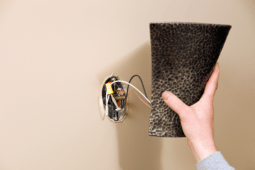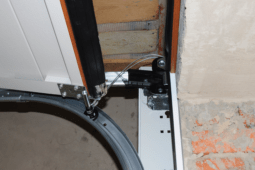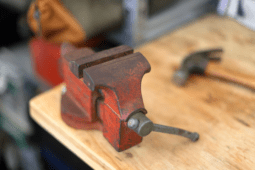Brad Nailer vs Pin Nailer – Choosing the Right Tool for Your Wood DIY Projects
When getting into DIY and woodworking, having the right tools can make all the difference between a project that’s a joy to work on and one that turns into a frustrating puzzle of materials and machinery. Among the myriad tools that grace the benches of hobbyists and professionals alike, two often spark debates on their utility and effectiveness: the brad nailer and the pin nailer. This article aims to shed light on the brad nailer vs pin nailer debate, helping you understand their unique advantages, differences, and which might be the best fit for your next project.
Understanding the Basics – Brad Nailer vs Pin Nailer for the Uninitiated
Before diving too deep into the specifics, let’s establish a foundational understanding of what these tools are. A brad nailer is a specialized nail gun designed for shooting 18-gauge nails, known as brads. These nails are thin enough to be discreet yet strong enough to hold pieces together securely, making them ideal for a variety of woodworking projects. On the other hand, a pin nailer uses even smaller, 23-gauge pins. These pins are almost headless, making them perfect for attaching delicate trims or for applications where the nail head must be invisible and the workpiece is too fragile for larger fasteners.
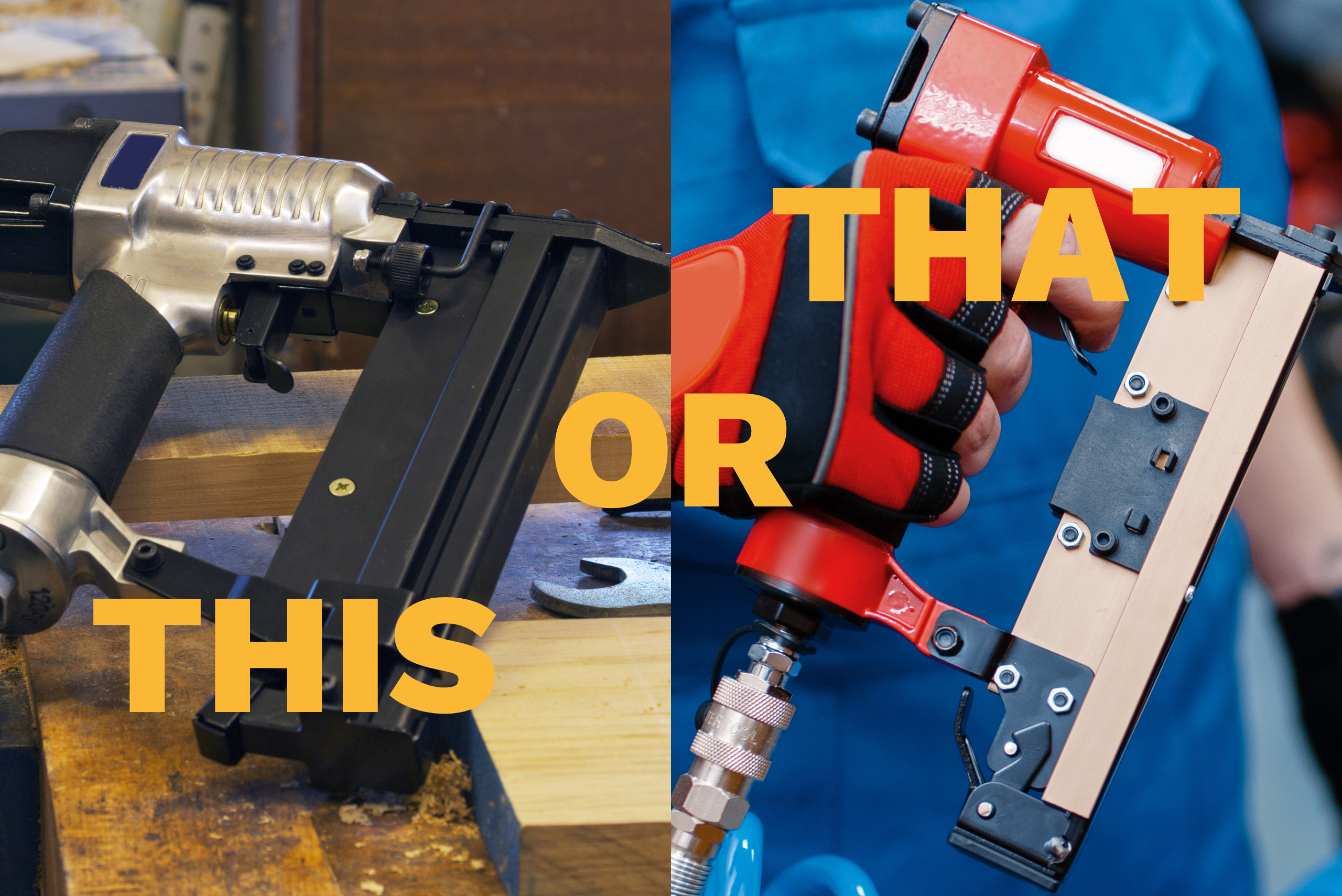
Both tools have their place in a well-equipped workshop, serving different purposes. The choice between a brad nailer and a pin nailer often comes down to the specific needs of the project at hand. Understanding these needs will guide you in making the most appropriate selection.
The Advantages of Using a Brad Nailer – When Size and Strength Matter
When it comes to attaching pieces where strength and hold are paramount, the brad nailer often stands out. Due to the slightly larger diameter of the nails it uses, it provides a stronger bond than a pin nailer. This makes it an excellent choice for projects that require a sturdy hold, such as building furniture or installing cabinets. Furthermore, the small head of a brad nail can be easily concealed with wood filler, making it a go-to option for projects that demand a clean, finished look.
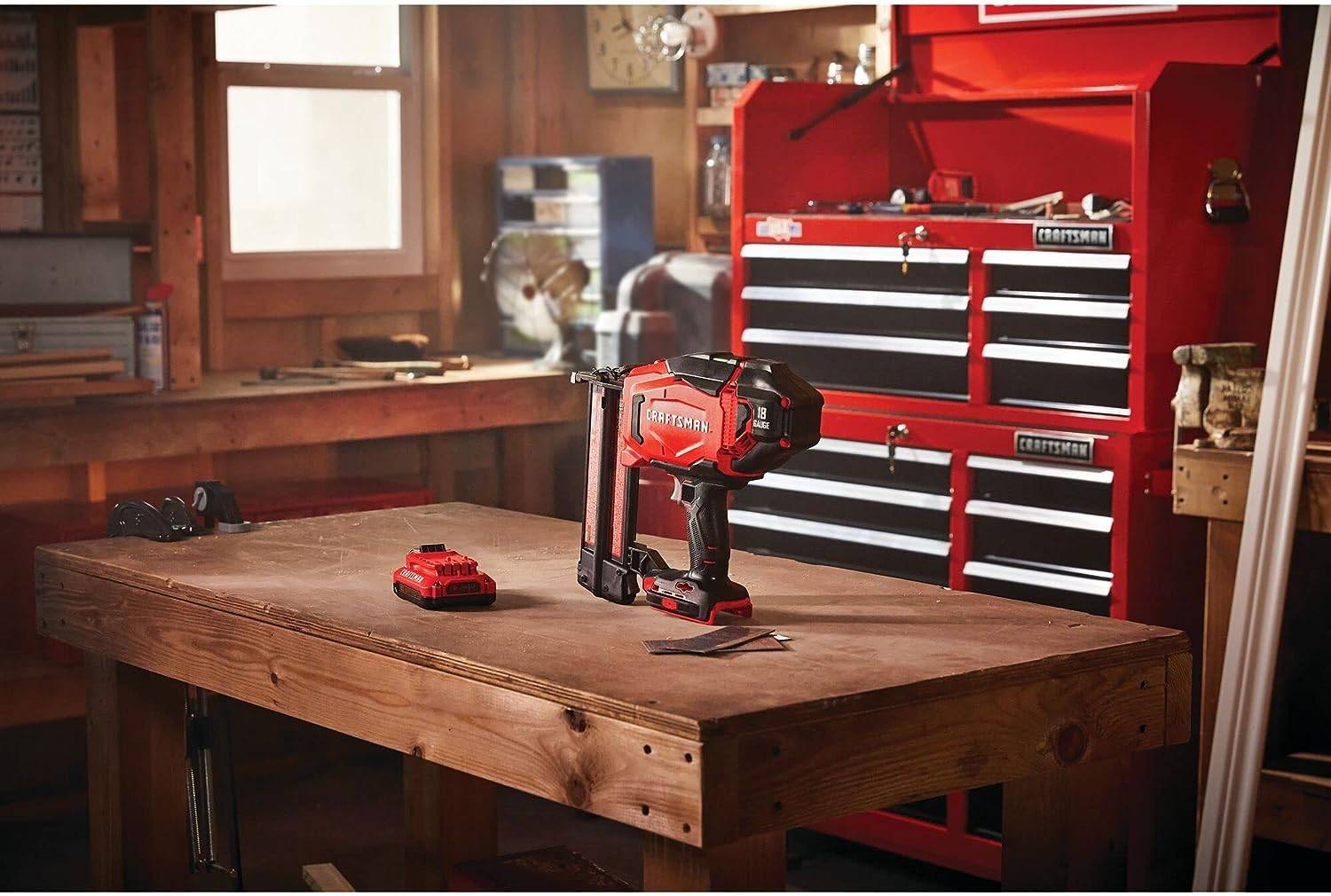
Another advantage of the brad nailer is its versatility. It can be used on a wide range of materials and for various applications, from crafting picture frames to constructing custom shelving. This versatility, combined with the balance it strikes between holding power and discreteness, makes the brad nailer a valuable tool in any DIY enthusiast’s arsenal.
Exploring the Pin Nailer – Perfect for Delicate Tasks
The pin nailer, with its fine, almost headless pins, is the tool of choice for tasks that require a delicate touch. Its pins are so small that they leave virtually no mark on the surface of the wood, eliminating the need for wood filler in many cases. This feature is particularly beneficial when working with thin veneers or assembling delicate pieces where a larger nail could cause splitting or other damage.

Moreover, the pin nailer excels in holding pieces in place while the glue dries, acting as a temporary clamp. This capability is invaluable for intricate work where traditional clamps cannot reach or would apply too much pressure. For projects that prioritize aesthetics and require the utmost care, the pin nailer is an indispensable tool.
Factors to Consider When Choosing Between a Brad Nailer and a Pin Nailer
The decision between a brad nailer and a pin nailer should not be taken lightly, as each has its ideal use cases. Consider the material thickness and the level of hold required for your project. If strength and versatility are your top priorities, a brad nailer might be the way to go. However, if you’re working with delicate materials or the appearance of the final product is critical, a pin nailer could be your best bet.

Another factor to consider is the cost and availability of nails. Although both types of nails are relatively inexpensive, the cost can add up over time, especially for those who use their nailers frequently. Additionally, ensure that the nails for your chosen nailer are readily available at your local hardware store or online to avoid project delays.
Innovative Projects to Try with Your Brad Nailer or Pin Nailer
Once you’ve chosen the right nailer for your needs, it’s time to put it to the test with some creative projects. For brad nailer owners, why not tackle a custom bookcase or a set of picture frames? These projects will allow you to leverage the strength and versatility of the brad nailer. Those with a pin nailer might consider delicate tasks like crafting a jewelry box or assembling a model ship, where the tool’s precision and minimal impact on materials shine.

Remember, the key to successful projects lies not only in choosing the right tool but also in practicing and becoming familiar with its capabilities and limitations. Don’t be afraid to experiment and push the boundaries of what you can achieve with your nailer.
Related Articles:
- Miter Saw vs Table Saw — Which One is Right for Me?
- Makita vs Milwaukee – The Ultimate Brand Showdown for Power Tools
- Chop Saw vs Miter Saw: Understanding the Differences
The debate between a brad nailer and a pin nailer is not about which tool is better overall but which is better for your specific needs. By understanding the unique advantages of each and considering the requirements of your projects, you can make an informed decision that will enhance your woodworking endeavors. Whether you opt for the strength and versatility of a brad nailer or the precision and delicacy of a pin nailer, remember that the best tool is the one that helps you bring your creative visions to life. Happy building!
Ready to start your next project? Join our DIY community to receive tool tips, how-to guides, and exclusive creative insights. Subscribe to the ManMadeDIY newsletter now! Click here to unlock a world of hands-on inspiration.

